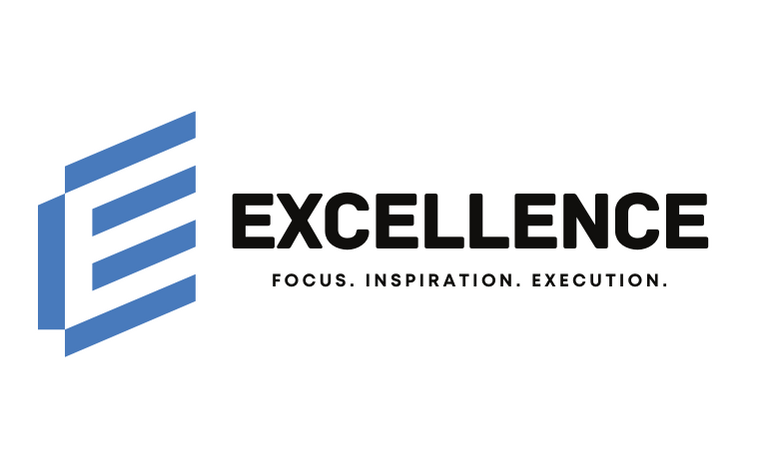
Working hard has never been my problem. For over a decade, I have worked 50 or 60-hour weeks, but most years, the results didn’t match the activity. But after coaching and teaching thousands of leaders, I realized I wasn’t alone. You put in a lot of work, show up day after day, work in the morning, in the evenings, and on the weekend.
I finally realized that we don’t have a work ethic problem; we have a prioritization problem.
However, most experts or even your boss will tell you to hustle and work harder. While there is no denying the importance of hard work, they miss the art of prioritization. The highest performers and most effective professionals know an essential principle:
Prioritization is a productivity superpower.
I don’t know how good you are at prioritization, but here are three steps to help you this week:
Step 1: Clarify the Goal
It isn’t easy to prioritize if you don’t know what you’re trying to accomplish. A goal is any desired outcome that wouldn’t otherwise happen without you doing something. Take the time to define one or two goals, including a clear objective and a completion date.
Having this kind of clarity about a short-term goal for you or your team will help determine which tasks are most crucial.
Step 2: Rank the Priorities
While most people like to be efficient, they should focus on prioritization. Author James Clear said, “Prioritization beats efficiency.” A priority is a task, action, or idea regarded as more important than others.
I recently taught an Accelerate Leadership workshop covering the time management and execution module. A leader, I will call Roger, was giving off some negative body language (Which I immediately noticed because body language screams.) Instead of passing on the opportunity, I asked him what he disagreed with. He responded, “Look at my list. I have 50+ tasks on it, and I don’t have any more room to add anything, or I am going to burn myself and my team out.” While I agreed it was a comprehensive list, I responded, “How do you know which tasks to prioritize?” He stopped in his tracks and said, “I really don’t.”
Roger didn’t realize that if you don’t prioritize, you default to what’s convenient or easy. This is essential because the right thing is usually the hard thing.
If you don’t prioritize, you default to what’s convenient or easy.
Since priorities are not static and can change over time, it’s essential to evaluate the priorities to align with your current goals. That’s why priorities are defined daily in the 64-Day Excellence Planner.
Step 3: Define Non-Negotiables
There is a good chance you will be hit with emails, interruptions, and challenges tomorrow that you didn’t or couldn’t plan for. People and things will fight for your attention, and if you haven’t defined today’s non-negotiables, there is a great chance you will entertain them.
Non-negotiables are the things that, come hell or high water, you will act upon. The trick isn’t just to write them down, it’s also to ensure they are in alignment with your priorities that flow up to the goal you previously defined.
To show you how serious I am, here is a picture of my priorities and non-negotiables for tomorrow (Excuse the messy handwriting)

Have you defined your priorities or non-negotiables for today? If not, now is the time to begin.
Make it a great week,
John Eades | CEO LearnLoft
